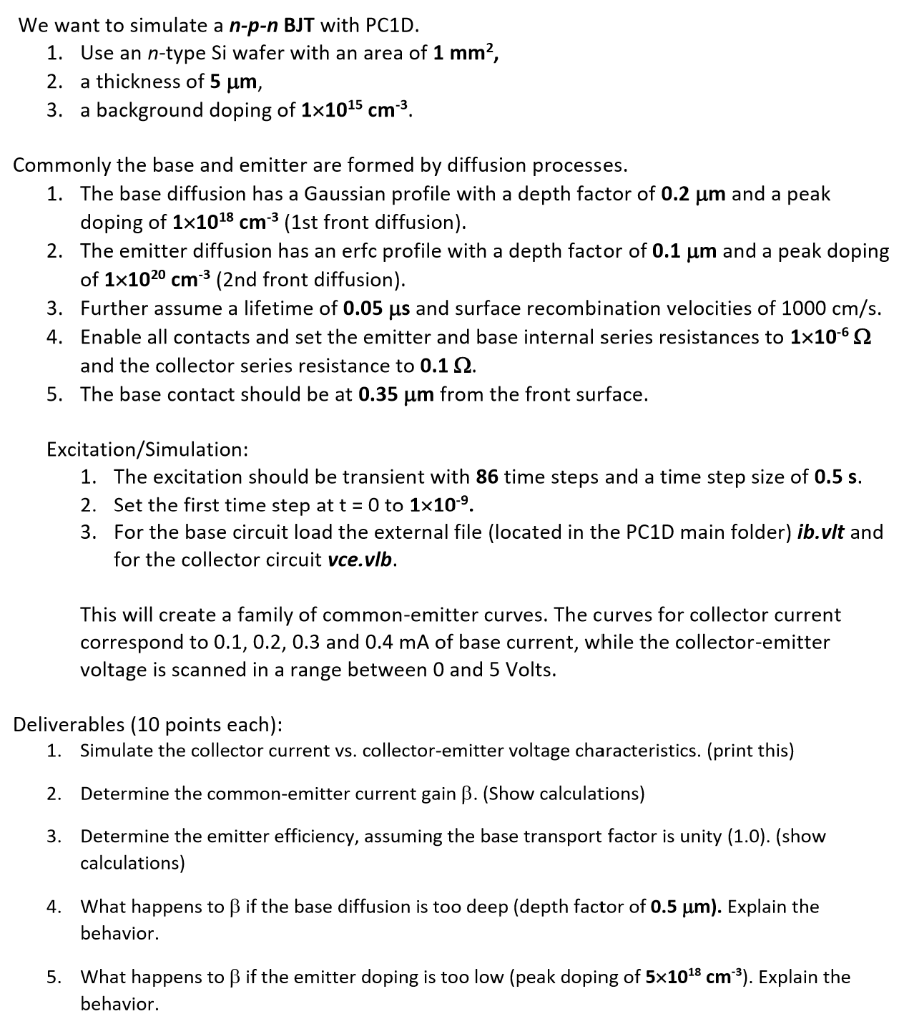
For future research, the challenge is to combine the bulk and surface passivating qualities of SiN x. The simulations show that when bulk passivation and short wavelength transmission can be maintained, further gains will be possible with improved surface passivation.

emitter was made by phosphorus diffusion in a belt. PC1D simulations show that the SiN x, optimised for mcSi solar cell efficiency, provides some surface passivation. From PC1D modelling it is concluded that is limited by the rear surface passivation of the commonly. The produced selective emitter cells showed an increase in current of 2%, an increase in voltage of 1%, and an increase in blue IQE response by a factor of 2. Experimentally, selectivity has been confirmed and lightly doped sheet resistances have been varied between 50 and 100 ohm/sq. Comparison of 970 C 15 minute diffusion process, a PC1D model of the as. This method allows easy control of the lightly doped areas. Proximity rapid thermal diffusion for emitter formation in silicon solar cells. In this study, selective diffusion barriers have been used to produce selective emitters. It is being used in production for high efficiency solar cells. 200.3 m diffusion length is considered as optimum. SIMULACION DE LAS CARACTERISITICAS DE LAS CELULAS SOLARES MEDIANTE PC1D. The base diffusion has a Gaussian profile with a depth factor of 0.2 um and a peak doping of 1x1018 cm3 (1st front diffusion. Commonly the base and emitter are formed by diffusion processes. Use an n-type Si wafer with an area of 1 mm2, 2. ABSTRACT: Selective emitters have been an important research subject for crystalline silicon solar cells for decades. In this paper, simulation of a monocrystalline silicon solar cell was done using PC1D software. View PC1D 2.pdf from ORG 10 at University of Santiago de Compostela. We want to simulate a n-p-n BJT with PC1D.


 0 kommentar(er)
0 kommentar(er)
